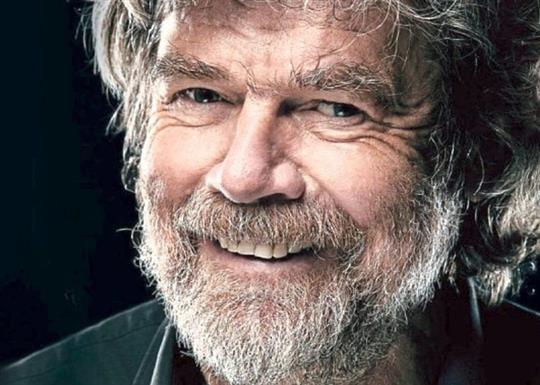

Reinhold Messner’s name and achievements have been synonymous with greatness in the history of mountaineering adventures. As a living legend, Reinhold had achieved what few could dare to dream of back in 1985. Reportedly, the climber had set a record by summiting 14 peaks of over 8,000 meters, that too without supplemental oxygen.
Watch What’s Trending Now!
With his unparalleled achievements in the Nepalese Himalayas, Messner was soon considered the greatest of all time. However, the recent evaluation by cartographer Eberhard Jurgalski seems to be claiming a different perspective. After spending the last decade comparing climbers’ accounts, Eberhard’s conclusions have left Messner’s epic feats in question.
ADVERTISEMENT
Article continues below this ad
Reevaluated records showed another narrative
Eberhard Jurgalski’s painstaking research was backed by monitored data of the climber’s journey during the ascents. The report was concurred upon after assistance from satellite and photographic information. It revealed how Reinhold Messner might not have conquered one of the peaks as previously believed. The study also claimed that the climber had missed the summit of Annapurna by five meters when he was up there in 1985.
Read More: Ex-British Cycling & Team Sky Doctor Faces Total Sports Ban for Anti-Doping Rule Breach
ADVERTISEMENT
Article continues below this ad
The startling discovery immediately prompted the Guinness World Records to revise their classifications. As a result, Messner was dethroned as the first to conquer all 14 peaks. After losing his title as the first to climb the peaks without oxygen tanks, Messner’s Guinness records were taken back by the organization. Guinness World Records’ editor-in-chief, Craig Glenday, emphasized the importance of transparency in a true summit ascent from the base camp.
“The Guinness World Records titles affected by this reclassification of ‘true summits’ have necessarily had to be reset in order to reflect the base-camp-to-summit requirements”, Craig stated while clarifying the rules. The stinging decision sent shockwaves through the climbing community, sparking a war of words. Unsurprisingly, Messner responded to the news, sharing his candid thoughts.
Climber retaliates by calling out the chaos
Affirming the decision, Glenday elaborated on the purpose of the reclassification as it ensures the integrity of the world records’ title. “Conclusion is that, with a number of peaks (particularly Annapurna I, Dhaulagiri I, and Manaslu), the ‘true summits’ had not been correctly identified for many years,” the world record organization mentioned. As the notice was announced, Messner did not take this upholding declaration lightly.
ADVERTISEMENT
Article continues below this ad
View this post on Instagram
He criticized Jurgalski’s findings, marking the approach as clueless without any form of expertise. Sharing his opinion on an Instagram post, Messner wrote, “It is a bit funny that again and again people use my person, my name to make themselves important.” Adding to his stance against the note, the climber questioned its integrity, asking, “Have achieved nothing? Did not have the courage to realize their dreams?”
Another post from Messner witnessed a philosophical perception, where he reflected, “I appreciate every alpinist,” adding, “That’s what it’s all about life”. Messner’s climbing trip is currently listed as a ‘legacy record holder’ on the Guinness World Records’ website. With this shuffle, the new holder of the title is officially Edmund Viesturs, an American climber who completed it in 2005.
Watch This Story: 73-Year-Old Grandfather of Six Gears Up to Shatter World Records With Daring Skydive
ADVERTISEMENT
ADVERTISEMENT
ADVERTISEMENT
ADVERTISEMENT


